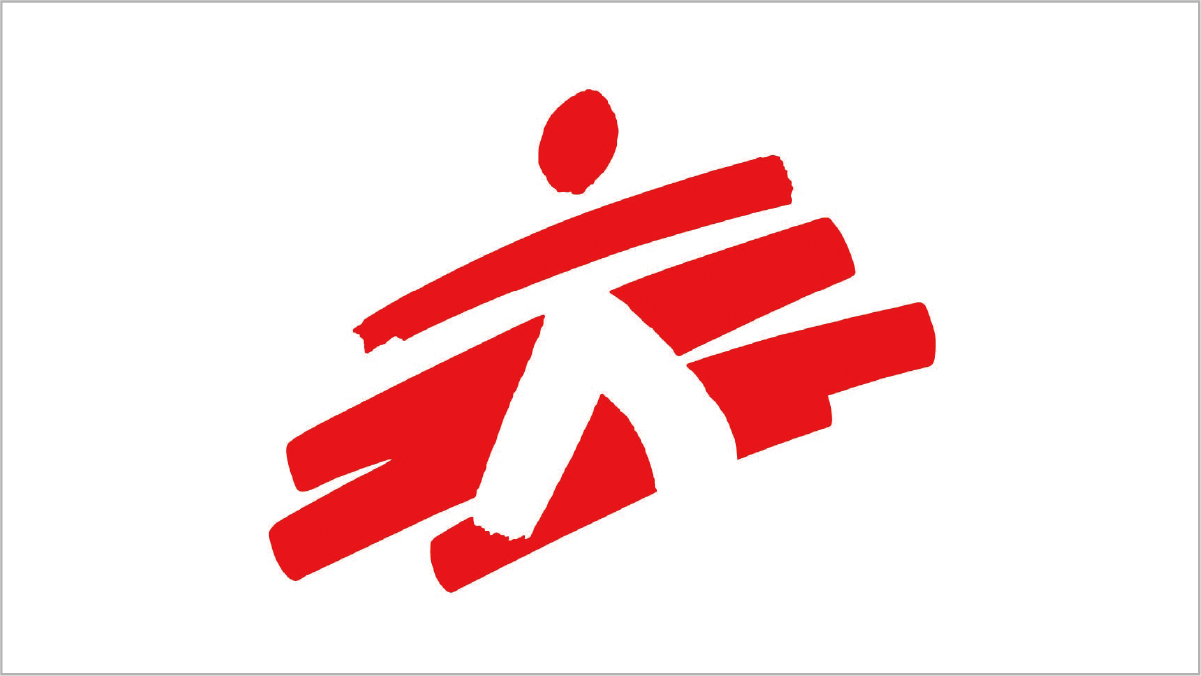Doctors Without Borders, a.k.a. Médecins Sans Frontières, is an international humanitarian medical non-governmental organization of French origin, which is best known for dispatching medical professionals in nations affected by epidemics.
It has medical teams in Iran, Afghanistan, Leone, Sierra, Venezuela, and other nations; however, it did not have its presence in the United States until yesterday.
The organization has dispatched a team of medical professionals to the Navajo Nation as the ongoing coronavirus crisis continues to grow, according to Jean Stowell, head of Doctors Without Borders’ US COVID-19 Response Team.
The medical team consists of two doctors, three nurses, a water sanitation specialist, two logisticians, and a health promoter specialized in community health education.
Stowell said, “There are many situations in which we do not intervene in the United States, but this has a particular risk profile. Situationally, the Native American communities are at a much higher risk for complications from COVID-19 and also from community spread because they don’t have access to the variety of things that make it possible to self-isolate.”
“You can’t expect people to isolate if they have to drive 100 miles to get food and water,” she added.
Navajo Nation is an American Indian territory that occupies some portions of southeastern Utah, northeastern Arizona, and northwestern New Mexico in the United States. It is home to more than 170,000 people and now it has more number of coronavirus cases that any other state in the nation.
The territory lacks nursing and specialized medical staff so the most critical patients have been airlifted to hospitals in other states. Moreover, Navajo people have a high rate of hypertension and diabetes, making them more vulnerable to COVID-19, the infection caused by the new coronavirus.
Navajo Nation has reported a higher COVID-19 death rate than other states as of early May.
“I think it’s difficult for Americans to realize how big this country is and how the needs are so different in each place,” Stowell said. “You know, urban needs are very different than rural needs. And the needs of the Native American community are challenging because they look so different than the needs elsewhere, so they require a pretty significant coordinated effort.”
In addition, the region lacks food and running water, intensifying the ongoing crisis.
Stowell said, “The lack of running water complicates things but it’s something that’s really familiar to us and probably more familiar to us than other NGOs and nonprofits that work in the U.S. Back when we were first speaking to the Navajo leadership, I think they thought we would find that shocking.
“Obviously, we find it very surprising, but it’s also work that we know how to do,” she added. “Water sanitation and infection control go hand-in-hand, but it’s something that we know quite a lot about, how to navigate those resources.”
The medical team will remain in the Navajo Nation until the end of June; however, their assignment could be extended depending on the circumstances.
“When we’re looking at the epidemiologic curves from the rest of the world, we know that this is a long haul,” Stowell explained. “So, at this point, that team is planned to be there until the end of June. Whether that will continue really has to do with how effective the measures that are taken are in reducing the infection rate, and the capacity of other actors.”
“You know, there is quite a lot of interest in responding to the needs of Native communities, but there are also enormous needs,” she added. “And it’s not so quick to mobilize things that you really have to start from the ground up. These were bigger problems long before COVID-19.”























